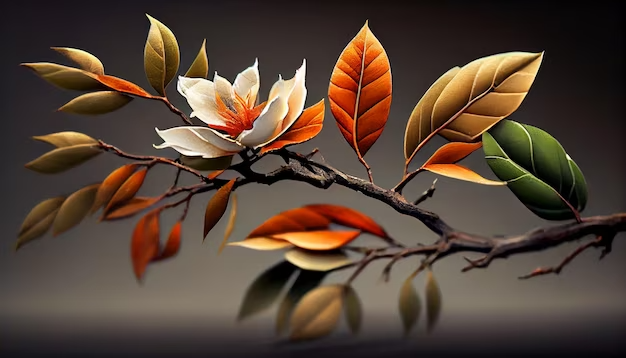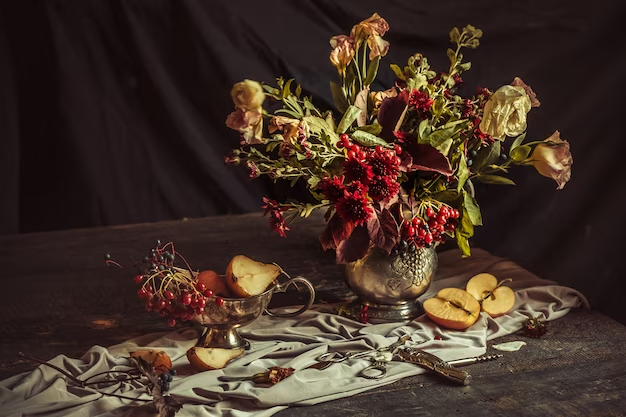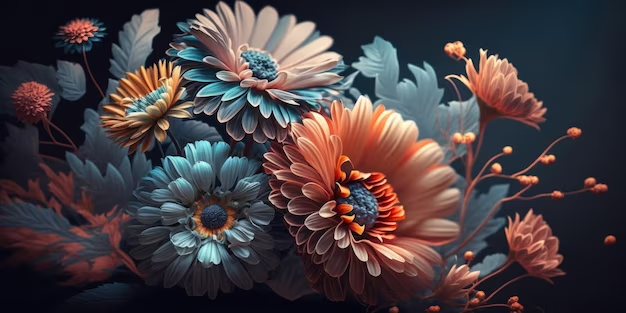PREVIOUS POST
The Art of Capturing Emotions: Fine Art Photography Tips

Fine art photography offers artistic expression with the aid of a camera.There are debates surrounding what differentiates fine art photography from normal photography. But one foundational aspect is that fine art photography is ‘conceptual’ in nature. Rather than the subject being presented for its own sake, it is done as part of a larger concept or a story. But part of the power of any artistic expression is in communicating a strong emotion. A whole array of factors- including your choice of subject, lighting and how to edit an image-contribute to it.
Here are photography tips to make stunning fine art photographs.
Take a lot of single-subject shots when you are beginning
A key purpose of photography is to draw the attention of your audience to something. And that is impossible if there is no particular subject in the image to focus on. Choose an interesting subject and make that the centre of attraction of the image. This is particularly important if you are only starting as a photographer. Taking a lot of shots with a single subject would help you hone your skills faster as opposed to taking pictures with no particular subject at its centre.
Create an illusion of movement with slow shutter speed
It’s hard to create the illusion of movement in a still image for obvious reasons. But let not that prevent you from trying because such effects can make your image even more interesting. One way to achieve the illusion is with motion blur. To get this effect, slow the shutter speed of your camera and point it at a moving subject- like a vehicle on the road or a person running or dancing. It could also be a completely natural subject like a waterfall.
Never underestimate the power of black & white photography
The world is a colourful place. Even in the night, the neon lights and facades of brightly coloured buildings attract the photographer’s eyes. It is only right that you would wish to capture the world in its colourful vibrancy. However, there are times when the simple beauty of a black and white photograph is more powerful than many images you can render in colour. More than anything else, this has to do with contrast- the way black and white images put a subject starkly in focus as opposed to other elements that remain more in the dark. Feel free to experiment with black & white photography- the results could well be exhilarating.
Ideate with your model
The conventional view of model-based photography involves the photographer dictating the concept surrounding an image and the model just striking a pose to fit that concept. That is not a poor practice in itself. But it also limits the possibilities of potential ideas for the images. Instead, make your model an active collaborator in the ideation process. Treat them more like co-creators than just an inert subject. That way, not only would there be more ideas for you to try, the work atmosphere will be more vibrant as well.
Use lighting according to the subject
Lighting is among the most important elements in photography. In many cases, it is the key differentiating factor between a mundane picture and a great work of artistic expression. So, it’s well worth giving attention to how you light your images- especially, how you do that for your subject.
For instance, if the subject is dark coloured, it’s probably better to brightly light it from behind to make it stand out from the surroundings. If the subject and the backdrop are both dark, it may have a ‘merged’ effect, visually speaking. And that would do neither the subject nor the image as a whole any good. Similarly, for light coloured subjects, a more darkly lit background may be preferable.
Another thing to consider with lighting is the time of the day. This is especially true for architectural structures and landscapes, since they may take an entirely different character depending on the lighting conditions. An example are beaches- the same beach may have a different visual aesthetic in the evening from the afternoon, based solely on the quality of the light.
Give editing a chance
Many fine art photographers consider editing only as a last resort, preferring to use images originally as they capture them. But editing can give your photographs dramatic effects that would enhance their quality.
Editing can also be used to bring a conceptual aspect to a picture which it may otherwise lack. For instance, just by adding a blur effect on a subject’s face, you can give the subject an air of mystery. Experiment with different colour correction and editing tools and see which ones suit your aesthetic and conceptual vision.
The photography tips mentioned here should be considered as the starting point on your fine art photography journey. The art of photography doesn’t really come with hard and fixed rules. What is most important is individual vision. These photography tips could be handy in helping bring that vision to life though, and that’s how you should view them- a means to an end and not the end in itself.
Let the visual journey begin!
Leave a Reply
Your email address will not be published. Required fields are marked *


